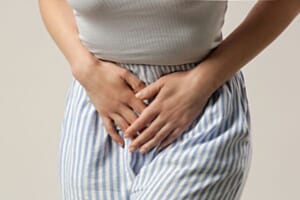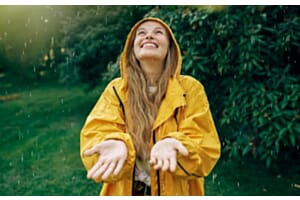The nights are drawing in, the weather is getting colder and you’ve got a cold. It is not surprising that during the winter months, a large number of people, almost 10% of the UK population, suffer from mild depression commonly know as SAD (Seasonal Affective Disorder).
17 September, 2008 – 13:12
SAD is mostly triggered by lack of sun and so the severity of the symptoms depends on the amount of sunlight received. About 3/4 of SAD sufferers are women, but SAD affects men and children as well.
The most typical age of onset is in the twenties, but equally it is not uncommon to develop the disorder during puberty, middle age or old age. Susceptibility for SAD also appears to be inherited.
We become depressed through lack of sun because although the body has natural daily rhythms, they are not fully precise and rely on the intensity of sunlight to provide adjusting cues. These cues originate in the retina at the back of the eye, creating signals which pass through the optic nerve to the brain, which in turn set in motion a number of chemical changes.
These changes include an increase in the brain chemical serotonin, necessary for a sense of well being, and suppression of the hormone melatonin, which influences our sleep patterns. When either of these hormone supplies is disrupted, then SAD may occur.
Some of the symptoms of SAD include a change in appetite or weight, problems sleeping, lack of energy, diminishing sex drive, body aches or pains, memory loss, inability to make decisions, problems concentrating, low self-esteem and depression.
Fortunately, however, there are ways of overcoming SAD:
Light can relieve many of the symptoms of SAD, as well as stimulate the immune system. A natural light lamp is a modern and increasingly popular way to beat SAD as it gives you a source of natural light indoors during the darkest months.
Exercise is also a good and easy to combat SAD because it stimulates the release of endorphins, known as the 'feel good ' hormones. Exercising in the early morning increases the length of day and so makes for a sub-conscious improvement in mood.







